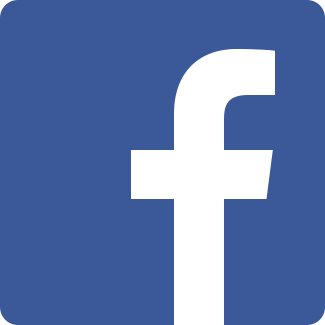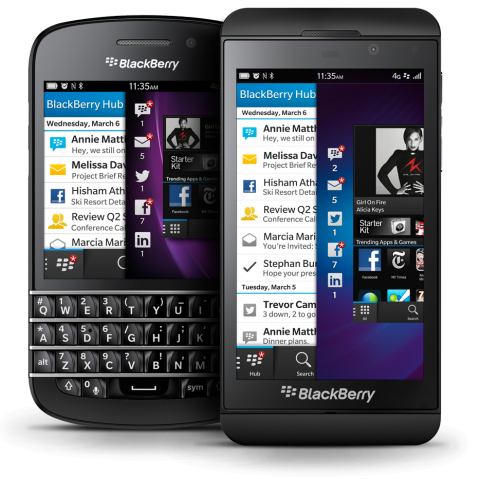
After much buzz and anticipation over its “top-secret” announcement, Facebook revealed a new search capability called Facebook Graph Search.
The feature, which is currently available in a limited beta release, lets you search for friends, photos, restaurants, games, music and more. Results that Facebook returns will depend on your friends’ privacy settings and the privacy settings of people you’re not connected to.
Graph Search is available only in English and if you want to sign up for the waitlist for Graph Search, visit facebook.com/graphsearch.
“When Facebook first launched, the main way most people used the site was to browse around, learn about people and make new connections,” writes Tom Stocky, director of product management and Lars Rasmussen, director of engineering, in a press release. “Graph Search takes us back to our roots and allows people to use the graph to make new connections.”
Graph Search will appear as a bigger search bar at the top of each page. At today’s press conference, Facebook CEO Mark Zuckerberg made a point of explaining the difference between traditional Web search and Graph Search; the two are very different, he says.
According to Facebook, Web search is designed to take a set of keywords and provide the best possible results that match those keywords. Graph Search, the company says, lets you combine phrases-such as “movies my friends like”-to find that set of people, places, photos or other content that’s been shared on Facebook.
Another difference: every piece of content on Facebook has its own audience, and Facebook has built Graph Search with that privacy in mind, it says. “It makes finding new things much easier, but you can only see what you could already view elsewhere on Facebook,” Rasmussen and Stocky write in the press release.
Eden Zoller, principal analyst at technology consultancy Ovum, says that while Facebook may stress its commitment to privacy, it’s walking a thin line. “Facebook needs tread very carefully here and be mindful of user privacy,” she says. “It claims to have built Graph Search with privacy in mind, but Facebook has a mixed track record on this front and is in the habit of pushing privacy to the limits of what is acceptable.”
Your ‘About Me’ Privacy Settings
Graph Search lets others find you based on what you’ve shared with your various friend groups, including your interests and profile information. This means that if you share your location, relationship status and political beliefs with your college friends, but not your Limited Profile list, only your college friends will see that information in their search results.
To control who can see your current city, for example, you’ll need to edit that setting in the About tab on your timeline. Do this by navigating to your profile, clicking the About link that appears under your profile picture and summary, and clicking Edit next to Living section.
Your Photos Privacy Settings
The second group of privacy settings you should review is for your photos. Graph Search lets others search specifically for photos of you, including photos hidden from timeline. Your photos that appear in others’ searches depend on your privacy settings.
Start by reviewing the photos you’ve shared or have been tagged in. You can do this via your Activity Log. Find this button below your cover photo on the right side of your profile.
The Activity Log will display all of your actions on Facebook, and you can sort it specifically for photos by clicking the Photos link on the left-side navigation. Click the drop-down menu next to the pencil icon to preview or change the settings of individual pictures.
Because photos you’ve hidden from your timeline are still searchable, you’ll want to review these, too. Click the drop-down menu next to “On timeline” at the top to switch to a hidden-only view.
You can also change the privacy settings of your individual albums. Do this by navigating to your Albums page and clicking the icon that appears below each your albums. Note that some albums, such as your profile pictures and mobile uploads, may not have the option to set a blanket setting. You’ll need to review and change the setting of each picture individually.
Your ‘Places’ Privacy Settings
If you’ve checked-in to a location such as a restaurant or museum, or tagged a photo with a location, each of these could appear in Graph Search results, depending on your settings.
To review your tag history-which includes photo tags among location tags-navigate to your Activity Log and sort it by “Posts you’re tagged in.” To remove a tag or change a location, click the pencil icon.
Note that if you added a location tag to a photo, the photo’s privacy setting is also your location setting.
Source: Network World










